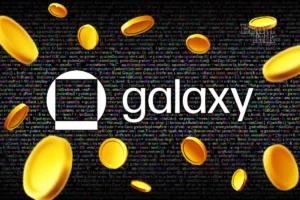ESMA Unveils Flexible DLT Pilot Regime with Permanent Thresholds

ESMA Proposes Major Revisions to EU’s DLT Pilot Regime for Digital Securities
The European Securities and Markets Authority (ESMA) has put forth substantial changes to the EU’s Distributed Ledger Technology (DLT) Pilot Regime, addressing concerns from the industry that the existing framework is overly restrictive for platforms dealing with digital securities. In April, regulatory bodies from France and Italy also advocated for modifications.
Enhancements to the Pilot Program
The pilot initiative permits platforms to seek exemptions from certain traditional financial regulations when managing tokenized securities. Potential relaxations could include allowing settlements without the necessity of central bank money, granting direct access to retail investors, and enabling atomic settlement through an integrated trading and settlement system. Each exemption is assessed on a case-by-case basis.
Since the program’s inception, only three entities have been granted authorization: CSD Prague for settlement, 21X for trading and settlement, and 360X for trading. Currently, only the first two are operational, albeit with limited activity. Nonetheless, ESMA reports a growing interest from prospective applicants, with ten applications currently under review. This includes three entities—Axiology in Lithuania, Securitize in Spain, and LISE/Kriptown in France—planning to develop trading and settlement systems.
Tackling Industry Challenges
Short-Term Proposals to Attract Participants
ESMA’s immediate recommendations aim to enhance the appeal of the pilot regime for participants. The authority proposes eliminating the existing six-year operational limit that requires platforms to eventually cease operations.
Additionally, ESMA intends to reassess restrictive thresholds, such as the €6 billion cap on platform issuances and the €500 million market capitalization limit for equity issuers. The regulator points out that the UK’s Digital Securities Sandbox adopts a more flexible model, with higher limits for larger entities and adjustable thresholds based on experience. ESMA encourages national authorities to tailor limits according to the risk profiles of participants, thereby fostering increased activity and creating more robust, liquid markets.
Expanding the Scope of Permitted Instruments
The range of allowable instruments may also broaden beyond the current offerings of standard equities, bonds, and funds. ESMA believes that the fractionalization capabilities of DLT make it suitable for private equity and alternative investment funds. However, the authority emphasizes the importance of maintaining investor protection standards, including suitability assessments and comprehensive disclosures for more complex financial instruments.
Settlement Methodologies and Future Directions
In terms of settlement, ESMA favors retaining central bank money as the primary method, while applying stricter criteria for platforms that utilize stablecoins or electronic money tokens due to perceived higher risks.
Looking to the future, ESMA envisions a system where successful platforms that effectively manage risks can progress to higher thresholds or even have them removed, rather than being compelled to shut down. The long-term goal is to adapt the overarching regulatory framework to better accommodate DLT technology.
These proposals indicate that ESMA is responsive to industry feedback, particularly following significant engagement during last year’s European Central Bank DLT settlement experiments.







